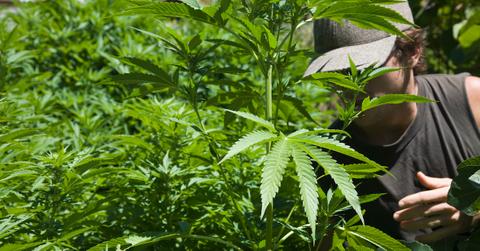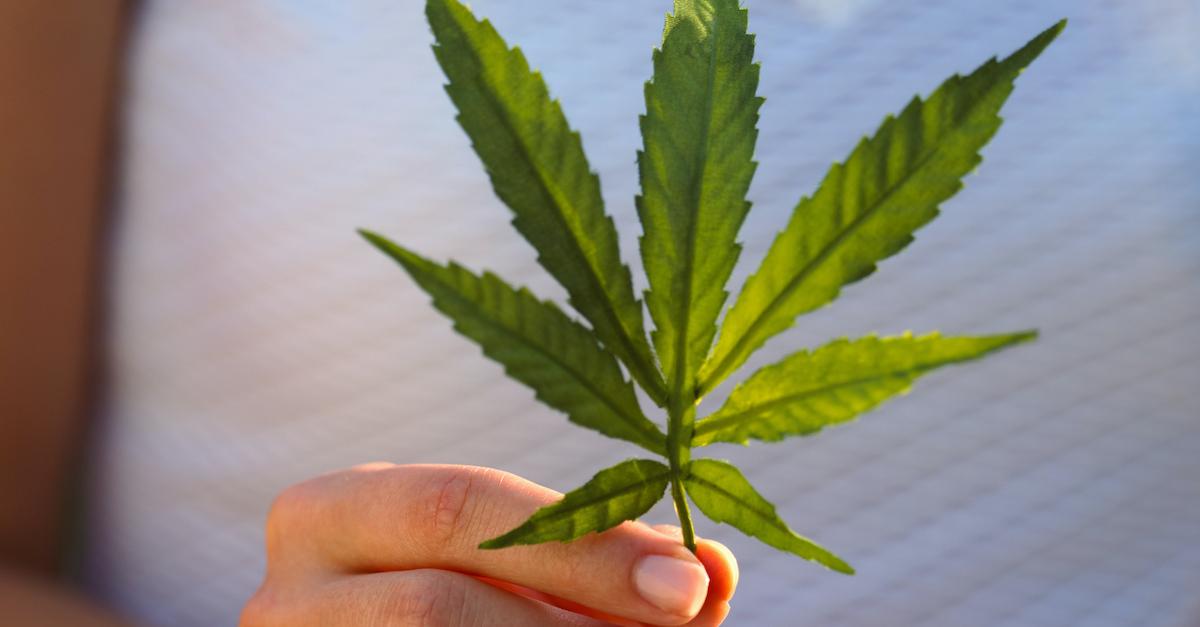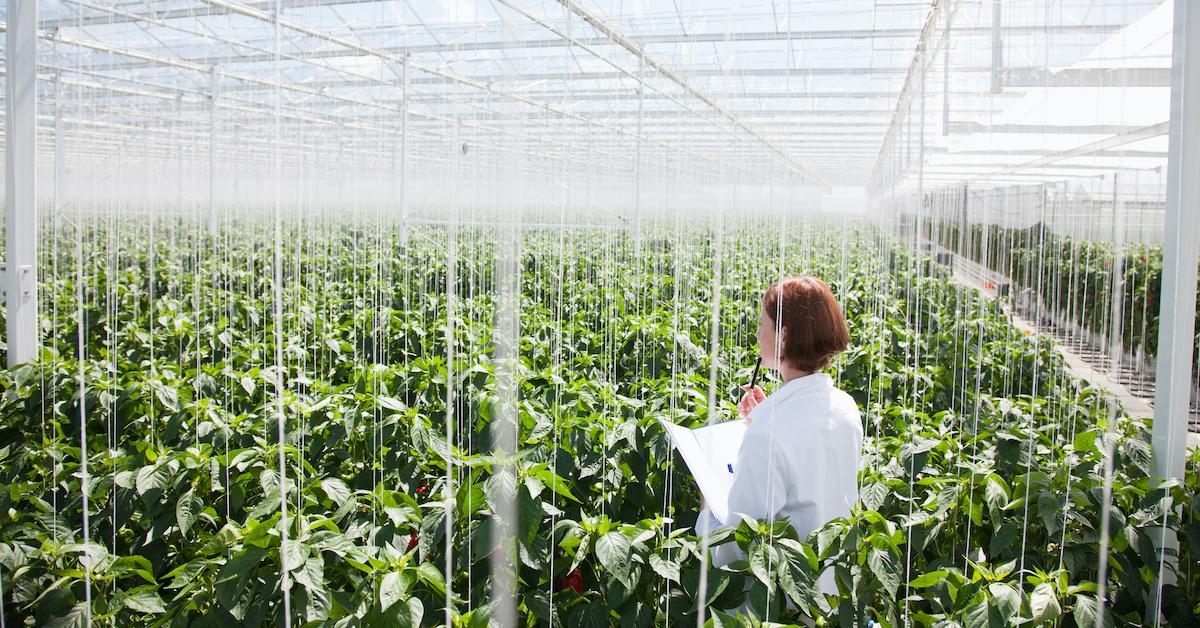Growing Cannabis Indoors Has a Surprisingly High Impact, Research Shows
Published March 10 2021, 12:14 p.m. ET

The causes of climate change can be pinned to a myriad of human-related activities, but one that's seriously detrimental is agriculture. Between the use of harmful pesticides, relentless deforestation, and exorbitant amounts of water waste, farming can take a major toll on the environment. And although cannabis farming is seemingly small scale, it has a much higher impact than we thought... depending on how it's grown, that is.
Keep reading for the impact of cannabis agriculture, how varying growing techniques may affect the planet in different ways, and how to ensure your ganja is low-impact.

How does growing cannabis affect the planet?
Growing anything on a large scale is environmentally impactful, as creating growing space often requires some degree of deforestation or clearcutting. But apparently, certain techniques have larger impacts than others. According to a recent study, as per EcoWatch, observations from the Department of Energy, Environmental Protection Agency, and industry data showed that indoor cannabis farms have a higher environmental impact than other types of farms that cultivate the beloved green plant. But why?
This is because growing lights required for marijuana plants — and the need to maintain humid conditions — require quite a bit of energy. Farmers also facilitate cannabis plant growth with carbon dioxide, which makes up for at least 25 percent of facility emissions. Indoor farms' emissions are higher in the Mountain West, Midwest, Alaska, and Hawaii in comparison to Pacific and Atlantic facilities, because the air requires more treatment and because electric grids use cleaner energy.
This is especially important in states like Colorado, where the weed industry is one of the highest in the country (no pun intended). The industry makes up about 1.3 percent of the state's emissions, which is apparently comparable to that of coal mining or trash collection. Although there aren't currently regulations established for indoor cannabis farming, there should be. More research is also needed, in terms of finding updated, energy-efficient equipment.

How can I make sure my weed is low-impact?
If you're worried about the environmental impact of your greenery, there are many ways to find out where your weed comes from. If you live in a state that has legal dispensaries, the business you're buying from likely sources from a variety of producers, which could be anything from commercial cannabis farmers, to concentrate manufacturers, to edible bakeries, according to News Americas Now. With that in mind, it's easy to find out if it's grown indoors or not.
However, it may be trickier if you're getting your weed elsewhere. According to Excessively, if you don't know where your cannabis is coming from, it could be imported from overseas, which results in high transportation emissions. It also may not be legally grown. That said, we recommend knowing where your cannabis is actually coming from, for the sake of your safety and for the environment.
While we aren't knocking the green stuff, we are recommending that you source your blunts to know how it's grown – the planet depends on it.